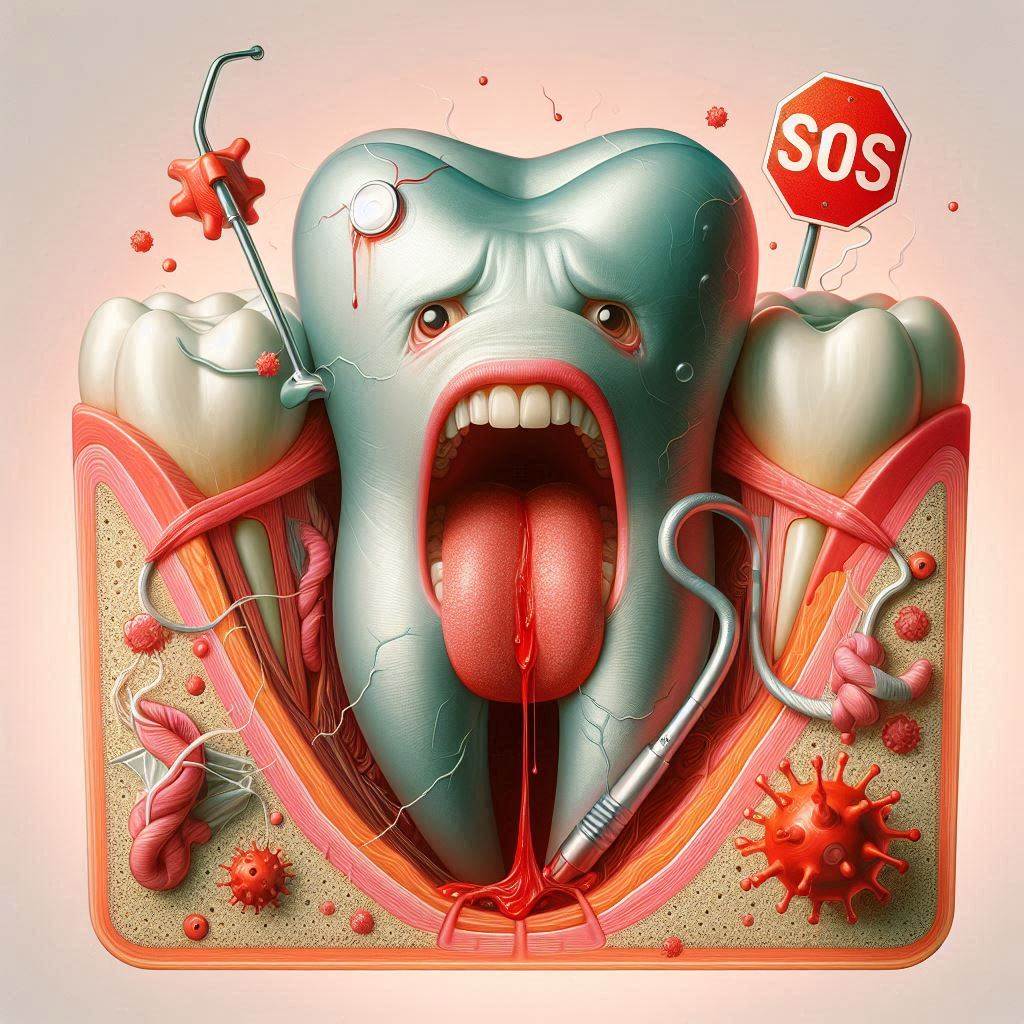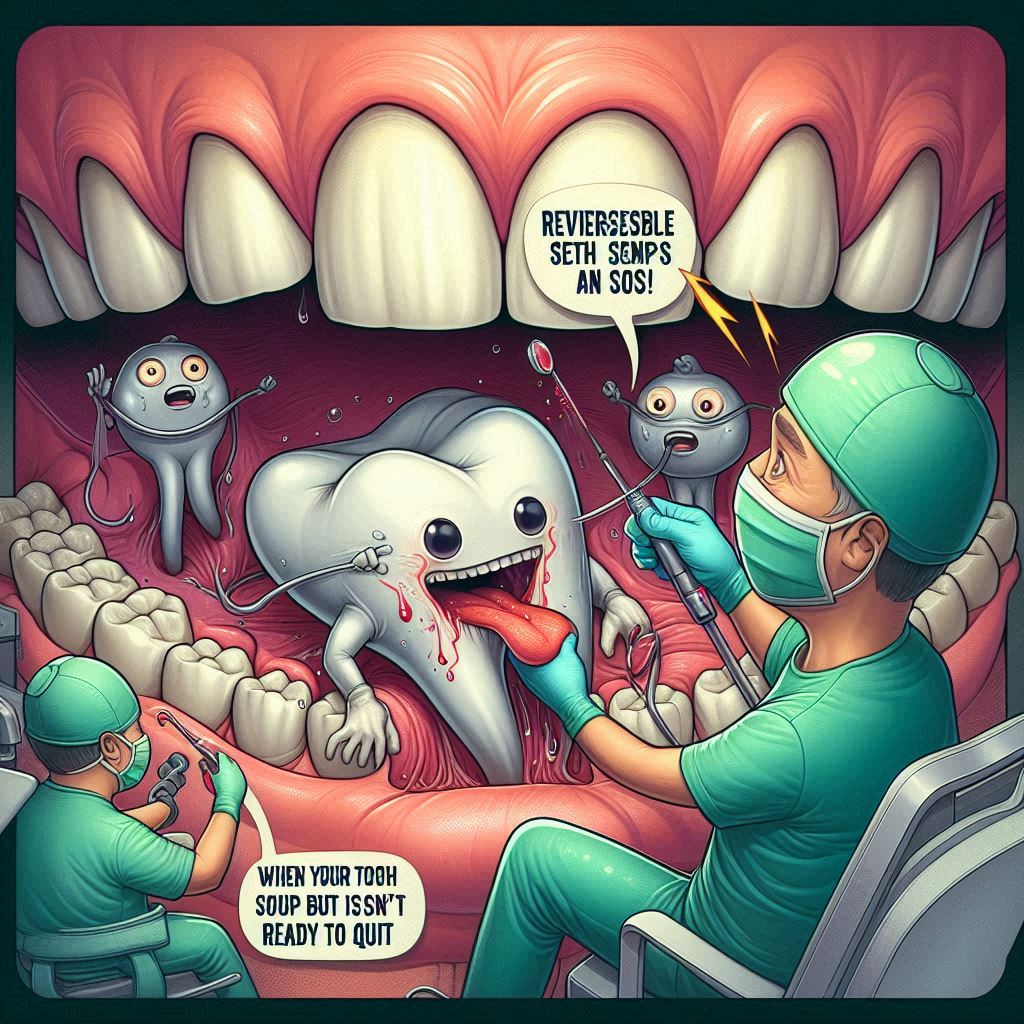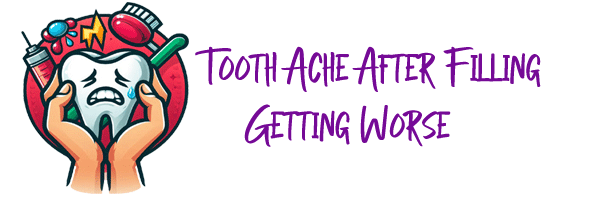Imagine your tooth as a tiny, hardworking office nestled inside your mouth. It’s a little like a power station humming quietly, keeping the lights on and the temperature just right. But sometimes, something disrupts this peace – a cavity, a filling, or dental work – and the power station sends out a distress signal. That signal? Pain. Not a constant scream, but a short, sharp complaint. That’s reversible pulpitis.

Everything seemed fine at first, but now, a few days in, something doesn’t feel right. A flash of pain. You chew on the other side just to avoid aggravating it. Worse, the discomfort isn’t going away as quickly as it should. You begin to wonder: Why is my tooth ache after filling getting worse?
This is where reversible pulpitis comes in.
Despite the ominous name, reversible pulpitis is not your tooth’s swan song. It’s more like a protest – temporary inflammation of the dental pulp, usually caused by something like tooth decay or a recent dental procedure. The pulp becomes sensitive, but not damaged beyond repair. It’s like someone tapping on the door from inside, saying, “Hey! That was a bit much! Can we take it easy for a bit?”
In the context of a filling, this condition can happen when the pulp gets irritated during the dental procedure. Even though the decayed part was removed and the tooth was filled with care, the pulp beneath may still be reeling from the trauma. The nerves are on edge. Cold, hot, sweet – they all feel like sudden jolts of lightning. You might notice this discomfort especially when drinking cold beverages or biting down hard.

The keyword here is temporary. In reversible pulpitis, the pain is not constant and doesn’t throb on its own. It’s usually triggered by specific stimuli – like temperature or pressure – and fades quickly once the stimulus is gone. It’s a toothache with boundaries, unlike irreversible pulpitis, which feels like your tooth is waging war from within.
But why does the tooth ache after filling get worse over time instead of better?
There could be a few culprits:
- Residual decay or trauma: If any decay was left behind accidentally or the tooth was very close to the nerve, the pulp may still be struggling to recover.
- Sensitivity to materials: Sometimes, the materials used in fillings (especially composite resins) can cause sensitivity in certain patients.
But don’t panic – reversible pulpitis is reversible for a reason. With a little time and care, it often heals on its own. Sometimes, your dentist might need to make minor adjustments to the filling or recommend desensitizing toothpaste to help calm the nerve.
However, if your tooth ache after filling is getting worse, it’s crucial to listen to what your tooth is trying to say. Pain that lasts longer, increases in intensity, or starts throbbing without a clear trigger could be signs that the situation has progressed to irreversible pulpitis, which might need more serious treatment like a root canal.
It’s a gentle warning, not an emergency – unless the pain persists. So if your tooth ache after filling is getting worse, don’t ignore it. It’s better to check in with your dentist early and calm the protest before it becomes a full-blown rebellion.


